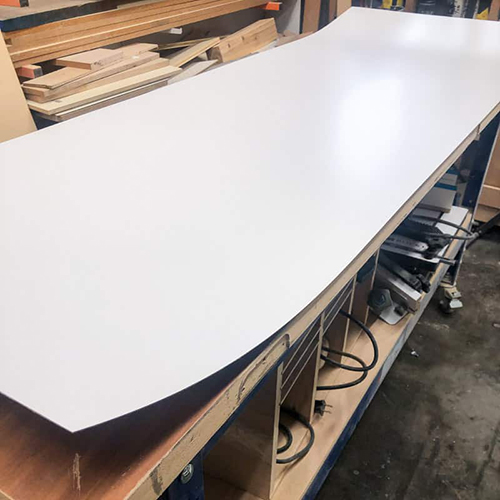Graphene film preparation speed up to 150 times the large-scale application is expected
Chinese scientists published a paper in Nature Nanotechnology saying they made a breakthrough in the preparation of single-crystal graphene. Through the chemical vapor deposition (CVD) adjustment and improvement, they will be graphene film production speed by 150 times. The new study laid the foundation for the large-scale application of graphene.
Graphene is a two-dimensional crystal material composed of carbon atoms and has only one layer of atomic thickness. Its excellent properties in electricity, light and mechanical strength make it have many potential applications in electronics, solar cells and sensors. Although the demand is huge, its preparation speed is slow and its utilization rate has been hovering around 25%, which has become one of the bottlenecks restricting its entry into practical application. At present, the method of preparing high-quality graphene is mainly a chemical vapor deposition method except a tape peeling method, a silicon carbide or a metal surface epitaxial growth method. However, it still takes a long time to produce a single-crystal graphene film by a CVD technique, and it takes at least a day to prepare a single-centimeter-square single-crystal graphene film, which is very slow.
In the new study, researchers at Peking University and Hong Kong Polytechnic University in the People's Republic of China have developed a new technology that accelerates the process from 0.4 microns per second to 60 microns per second, up to 150 times faster. The trick is to add a little oxygen directly to the copper foil involved in the reaction.
The researchers said that oxide substrates will release oxygen at temperatures as high as 800 degrees Celsius during chemical vapor deposition. The continuous supply of oxygen increases the growth rate of graphene. They confirmed this by electron spectroscopy, but the measurements showed that although the oxygen was released, the total amount was small. The researchers explained that this may have a trapping effect with a very small space between the oxide substrate and the copper foil, thereby increasing the oxygen utilization efficiency. In the experiment, researchers can produce 0.3 mm of monocrystalline graphene in just five seconds.
The researchers said the study is significant for the graphene industry. Through this technology, graphene production will be able to use more efficient roll-to-roll process. However, the increase of output and the decrease of cost will further expand the use range of graphene and stimulate the increase of its demand.
Panel glue refers to the adhesive used for splicing laminated wood and other wood products, suitable for non-structural materials and laminated wood for structural materials. The polyvinyl acetate emulsion, the curing agent is generally isocyanate. The color is milky white viscous liquid as the main agent and light brown as the curing agent. The main agent of jigsaw glue can generally be used alone as finger joint glue.
jigsaw glue
1. Product use: It is mainly used for hardwood species imposition, such as: hard maple, ash, red oak, teak, etc.
2. How to use: 1. The moisture content of wood is 8-12%;
2. Proportion: jigsaw glue: curing agent = 10:0.8~1 (weight ratio).
3. When using, add the curing agent to the glue and stir evenly. It is best to use it within 1 to 2 hours. It is normal to find bubbles during use. If there are too many bubbles, you need to stir several times until the bubbles naturally settle before use.
4. Removal of pressure: It takes a long time to pressurize. Small-area plates can be removed after 1.5 hours of pressure, but must be removed 3 hours after the pressure is removed before transferring to the next process.

Veneer Patchwork Adhesive,Wooden Door Patchwork Glue,Furniture Glue For Wood,Veneer Patchwork Adhesive Powder
GUANGZHOU INTERNET WOOD GLUE MANUFACTURER CO. LTD. , https://www.iwghotmelt.com